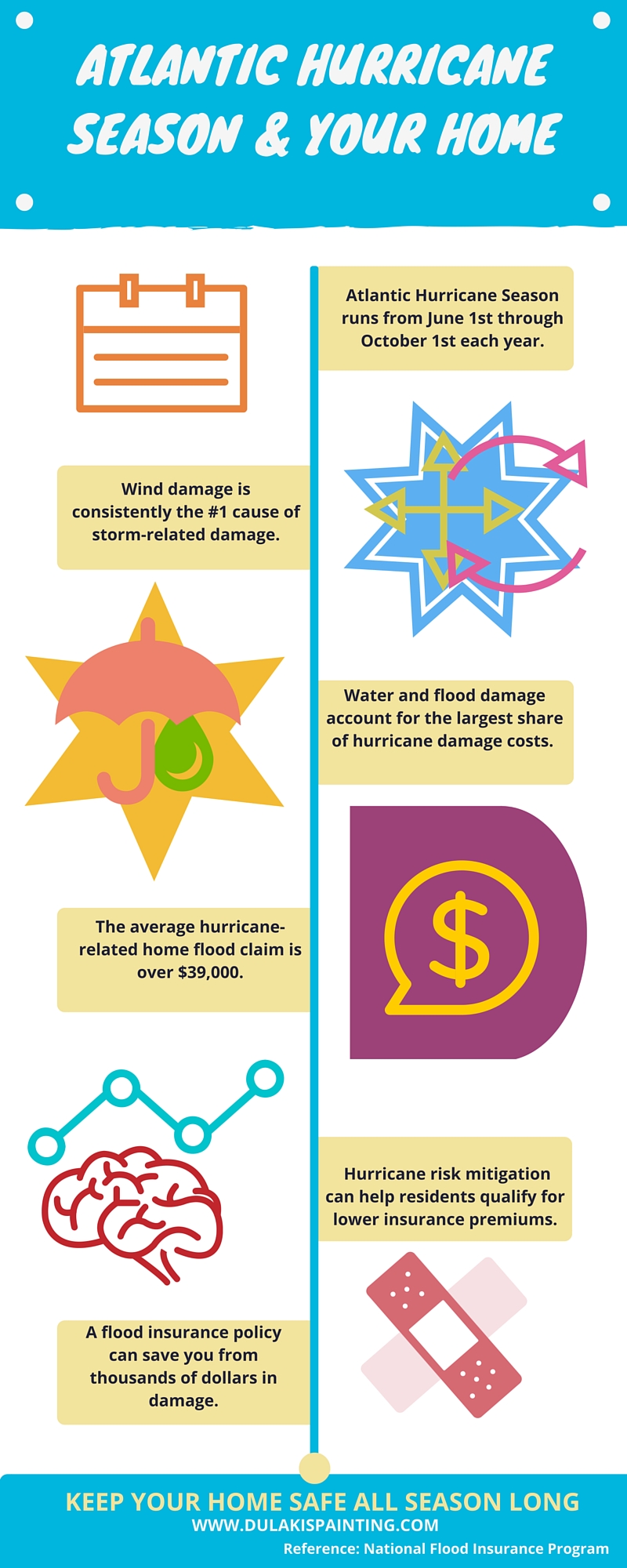Seasonal Factors In Industrial Exterior Paint: Secret Insights You Need To Recognize
Seasonal Factors In Industrial Exterior Paint: Secret Insights You Need To Recognize
Blog Article
Posted By-Aguilar Rodriquez
When you're preparing a commercial exterior painting task, seasonal aspects can make or damage your results. You'll wish to consider just how temperature level and moisture effect paint application and drying out times. Picking the appropriate period can guarantee your paint adheres properly and lasts much longer. Yet which seasons are truly the most effective for this sort of work? Allow's check out the crucial elements that can affect your job's success.
The Effect of Temperature Level on Paint Application
When you're intending an industrial exterior paint project, the temperature level can considerably affect how well the paint adheres and dries out.
Preferably, you wish to repaint when temperature levels vary in between 50 ° F and 85 ° F. If it's also cold, the paint may not cure effectively, bring about problems like peeling off or splitting.
On the flip side, if it's as well warm, the paint can dry out too swiftly, stopping proper attachment and leading to an unequal surface.
You need to additionally consider the time of day; morning or late afternoon supplies cooler temperature levels, which can be extra desirable.
Always inspect the manufacturer's recommendations for the particular paint you're making use of, as they commonly provide assistance on the optimal temperature array for optimal results.
Moisture and Its Result on Drying Times
Temperature isn't the only environmental variable that affects your industrial external paint job; humidity plays a substantial duty too. High moisture degrees can reduce drying out times considerably, influencing the overall quality of your paint job.
When the air is filled with dampness, the paint takes longer to treat, which can result in problems like bad adhesion and a higher risk of mildew development. If you're painting on a specifically moist day, be prepared for extensive wait times between coats.
It's important to monitor local climate condition and strategy accordingly. Ideally, aim for moisture degrees between 40% and 70% for ideal drying.
Maintaining these factors in mind ensures your job stays on track and provides a lasting coating.
Best Seasons for Commercial Exterior Paint Projects
What's the very best season for your business external painting tasks?
Springtime and very early autumn are commonly your best bets. Throughout commercial exterior painter minneapolis , temperatures are mild, and moisture degrees are usually lower, producing perfect problems for paint application and drying.
Stay clear of summertime's intense heat, which can trigger paint to completely dry as well swiftly, leading to inadequate adhesion and coating. In a similar way, wintertime's cold temperature levels can hinder appropriate drying and curing, running the risk of the longevity of your paint work.
Go for days with temperature levels between 50 ° F and 85 ° F for ideal outcomes. Keep in https://www.bobvila.com/slideshow/13-top-tips-to-make-any-paint-job-go-faster-48365 to check the neighborhood weather report for rainfall, as damp conditions can spoil your project.
Planning around these factors guarantees your paint task runs efficiently and lasts longer.
Final thought
To conclude, preparing your business outside paint jobs around seasonal considerations can make a substantial difference in the end result. By scheduling work throughout the ideal temperatures and moisture levels, you'll make sure much better attachment and drying out times. Keep in mind to watch on local weather prediction and pick the correct time of year-- spring and early autumn are your best options. Taking these steps will certainly help you achieve a sturdy and professional surface that lasts.
